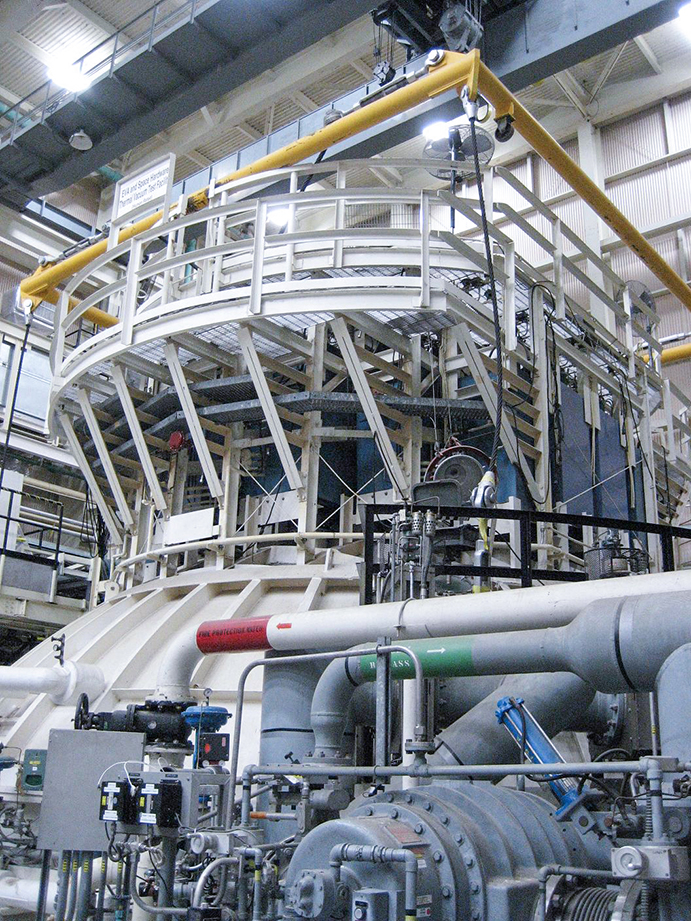Promoted content: NASA selects NI SC Express for accuracy and flexibility in new data acquisition system

NASA used NI SC Express and PXI hardware to create an advanced, distributed and flexible data acquisition (DAQ) system to meet the challenge of replacing legacy NEFF equipment in one of its largest human-rated environmental chambers. The data acquisition system is capable of accurately synchronising and measuring more than 500 analog channels distributed throughout the chamber, without the need for additional external signal conditioning.
“For the first time, NASA will no longer need the custom signal conditioning equipment in addition to its measurement hardware. With NI SC Express hardware, NASA can achieve the ±3°F end-to-end accuracy requirements for thermocouples with commercial off-the-shelf technology.”
James Dean - Jacobs Technology
Simulating space on Earth
When NASA needed to test various repair techniques and materials that astronauts could use to repair damaged tiles on the space shuttle, it used the Chamber B facility at the Johnson Space Centre (JSC). The human-rated chamber allowed an astronaut to apply the ‘goo’ repair candidates to the tiles in a simulated environment to test their performance at the extreme pressures and temperatures in space. At 10.7m wide and 13.1m tall, Chamber B is the smaller thermal vacuum chamber in building 32 at the NASA JSC, but it is no less complicated than its larger next door neighbour. Features such as the removable top to allow for the insertion of larger test articles, a traversing monorail to provide weight relief to one crew member at a time and dual crew locks to enable easy access and crew member entry all contribute to the complexity of the chamber.
Register now to continue reading
Thanks for visiting The Engineer. You’ve now reached your monthly limit of news stories. Register for free to unlock unlimited access to all of our news coverage, as well as premium content including opinion, in-depth features and special reports.
Benefits of registering
-
In-depth insights and coverage of key emerging trends
-
Unrestricted access to special reports throughout the year
-
Daily technology news delivered straight to your inbox










UK Enters ‘Golden Age of Nuclear’
Anybody know why it takes from 2025 to mid 2030's to build a factory-made SMR, by RR? Ten years... has there been no demonstrator either? Do RR...